Premium Only Content
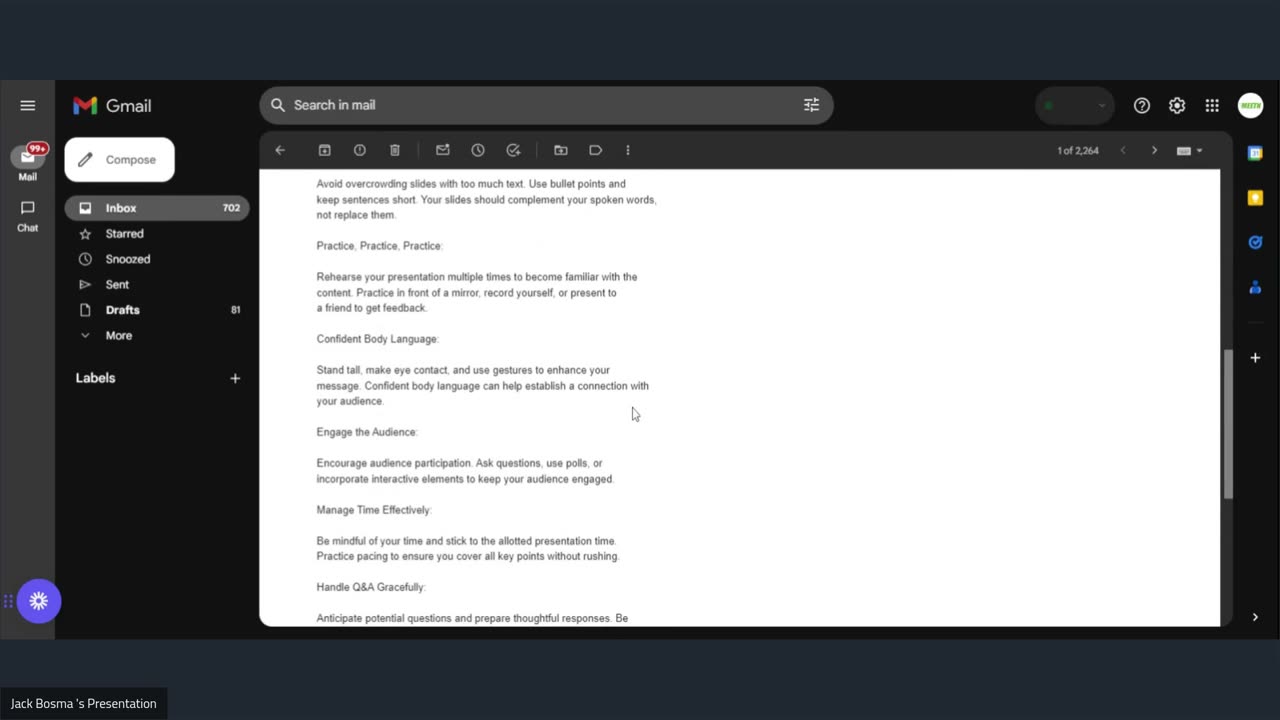
Powerful Presentations 4
Powerful Presentations 4
Certainly! Creating powerful presentations involves a combination of
effective content, engaging visuals, and confident delivery. Here are
some tips to help you create and deliver a compelling presentation:
Know Your Audience:
Understand who your audience is and tailor your presentation to their
interests and level of understanding.
Clear Message:
Have a clear and concise message. Clearly articulate what you want
your audience to take away from your presentation.
Structured Content:
Organize your content in a logical structure. Use a clear
introduction, body, and conclusion. Consider using a storytelling
approach to make your message more memorable.
Engaging Visuals:
Use visuals such as slides, charts, and images to support your
message. Make sure they are visually appealing and relevant to your
content.
Limit Text:
Avoid overcrowding slides with too much text. Use bullet points and
keep sentences short. Your slides should complement your spoken words,
not replace them.
Practice, Practice, Practice:
Rehearse your presentation multiple times to become familiar with the
content. Practice in front of a mirror, record yourself, or present to
a friend to get feedback.
Confident Body Language:
Stand tall, make eye contact, and use gestures to enhance your
message. Confident body language can help establish a connection with
your audience.
Engage the Audience:
Encourage audience participation. Ask questions, use polls, or
incorporate interactive elements to keep your audience engaged.
Manage Time Effectively:
Be mindful of your time and stick to the allotted presentation time.
Practice pacing to ensure you cover all key points without rushing.
Handle Q&A Gracefully:
Anticipate potential questions and prepare thoughtful responses. Be
open to audience questions and address them with confidence.
Use Technology Wisely:
If you're using technology, make sure everything is set up and tested
before your presentation. Familiarize yourself with the tools you'll
be using.
Tell Stories:
People connect with stories. Share relevant anecdotes or case studies
to make your points more relatable.
Remember that a powerful presentation is not just about what you say
but also about how you say it. Confidence, clarity, and engagement are
key components.
-
 30:10
30:10
Afshin Rattansi's Going Underground
1 day agoTariq Ali: Donald Trump’s War Threats Against Iran🇮🇷 is Really About Targeting China🇨🇳
17K33 -
 2:45:19
2:45:19
TimcastIRL
5 hours agoTrump THREATENS 50% Tariff Increase After Market CHAOS, Tells China BACK OFF
192K92 -
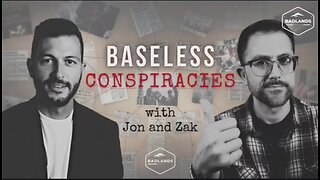 1:56:17
1:56:17
Badlands Media
12 hours agoBaseless Conspiracies Ep. 127: The Satanic Fed Op Behind 764, Pedo Networks & Psychological Warfare with Special Guest, BK
49K25 -
 1:05:32
1:05:32
Donald Trump Jr.
11 hours agoNews Not Noise, Live with Power the Future's Daniel Turner | TRIGGERED Ep.231
160K82 -
 28:01
28:01
Side Scrollers Podcast
4 hours agoNEW SERIES! Smash JT Has a Full-On Meltdown | Nerd Duel ft. Lady Desiree & You, Me & The Movies
23.2K2 -
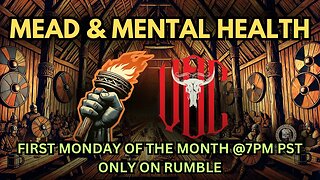 2:13:28
2:13:28
I_Came_With_Fire_Podcast
6 hours agoMEAD & MENTAL HEALTH WITH I CAME WITH FIRE AND VOC!!!
26.4K4 -
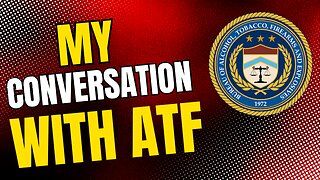 1:10:04
1:10:04
John Crump Live
3 hours ago $1.77 earnedYes I talked To The ATF
23.4K3 -
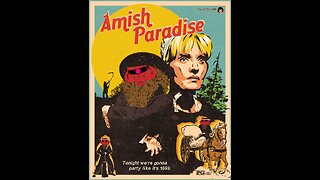
Amish Zaku
6 hours agoVerDanceKey Warzone - Birthday Fun
23.5K5 -
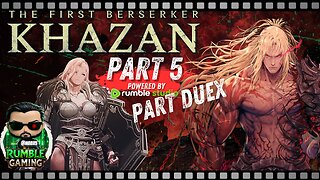 LIVE
LIVE
NeoX5
4 hours agoKhazan: The Road Less Taken | Part 5-2 | Rumble Studio | Rumble Gaming
202 watching -
 LIVE
LIVE
TwinGatz
9 hours ago🔴LIVE - He Is Doing His Best | ARMA Reforger
435 watching